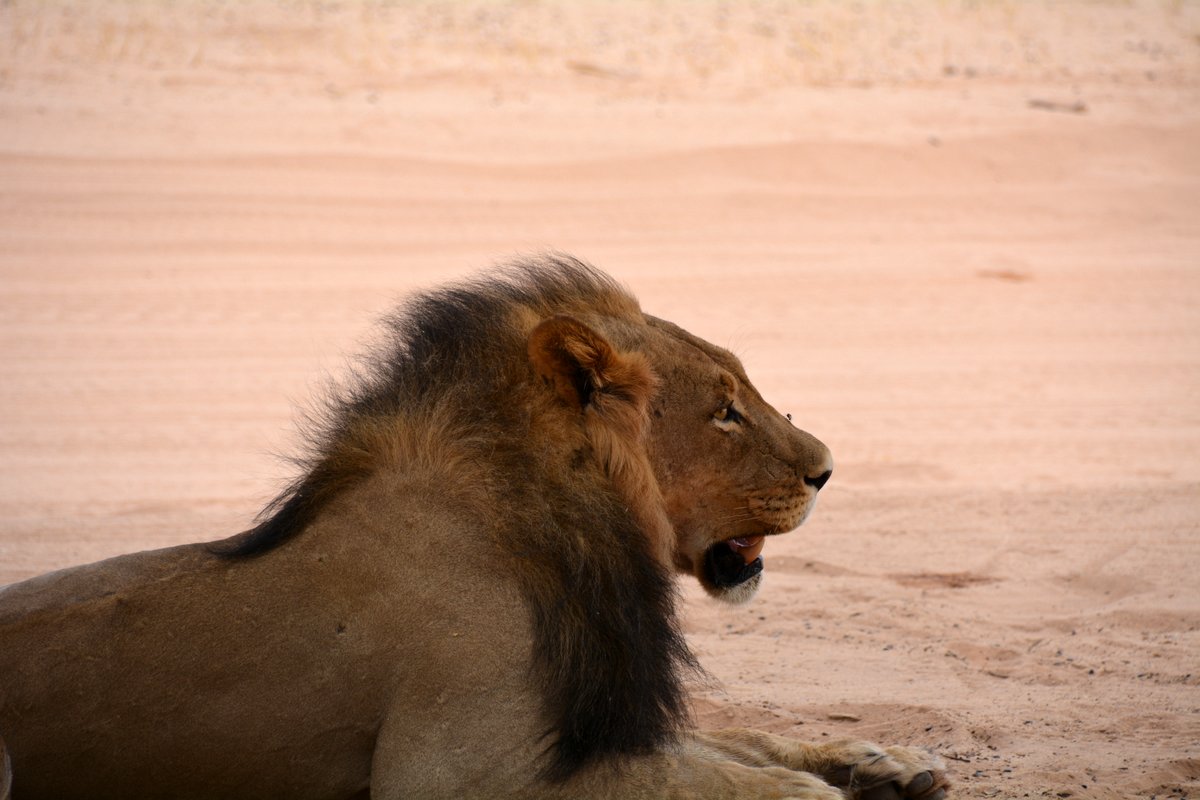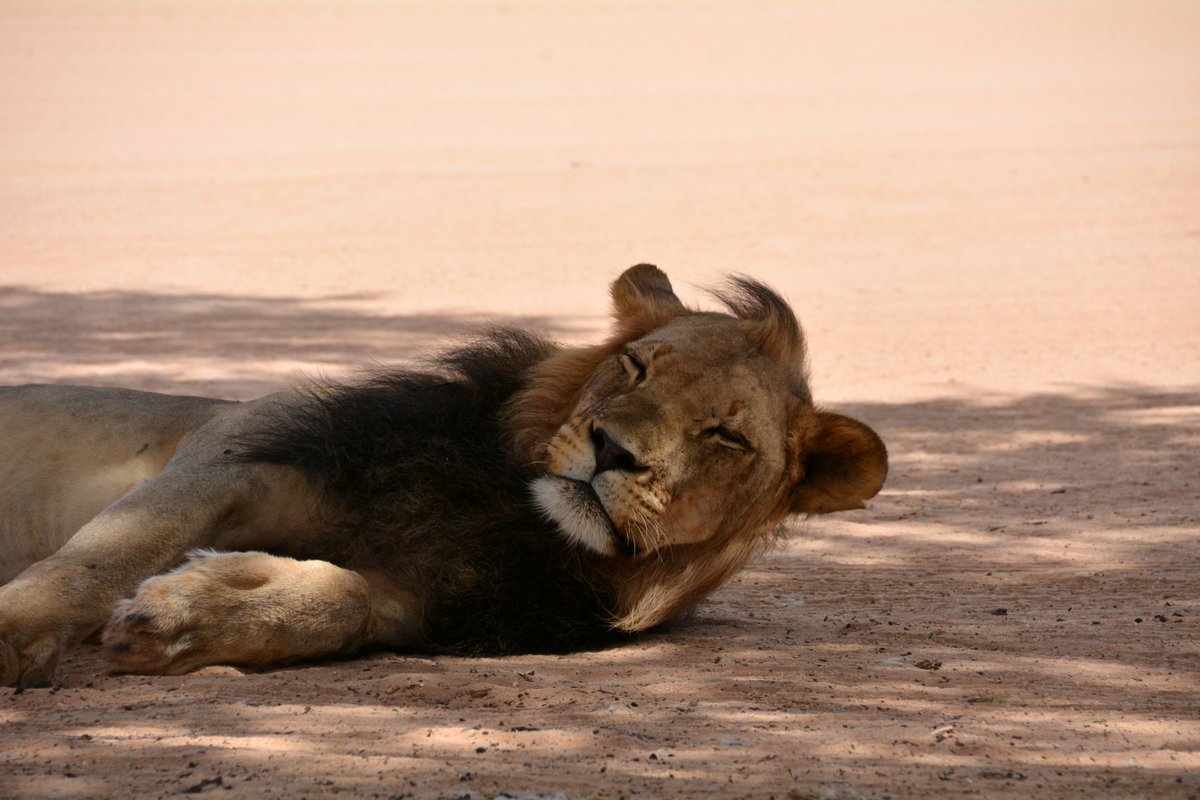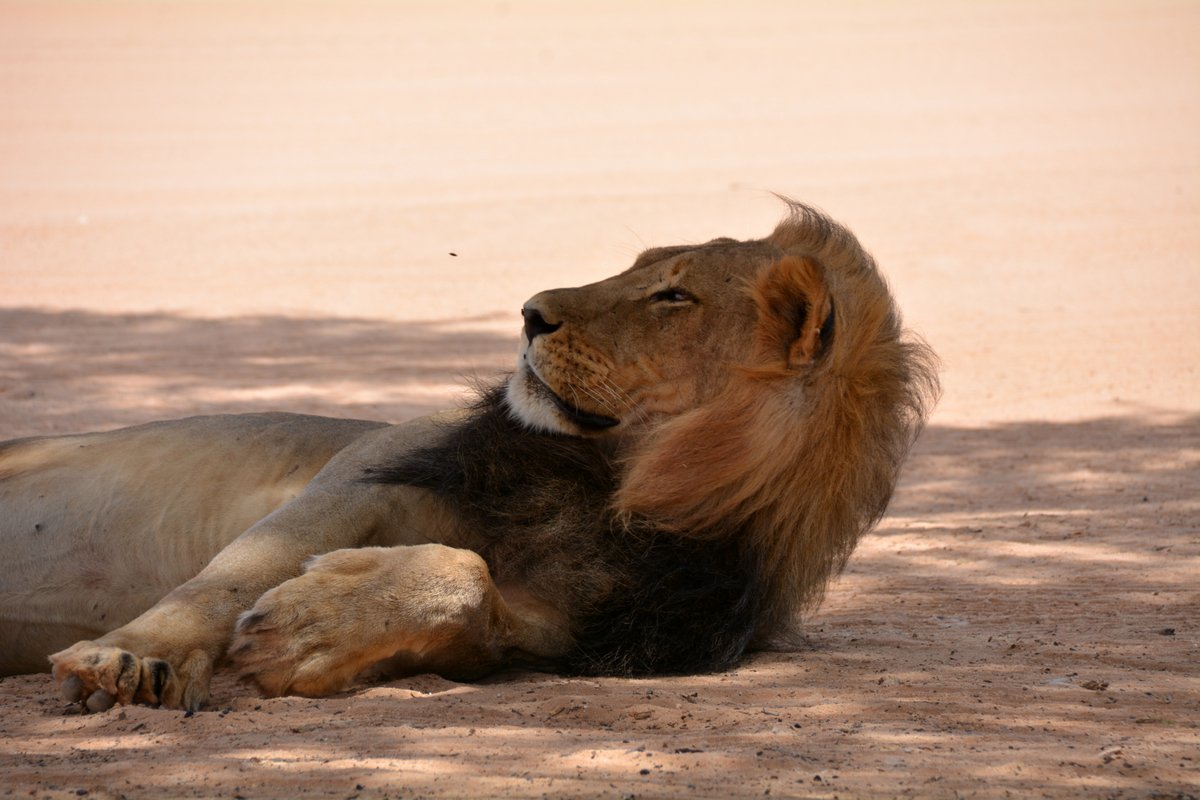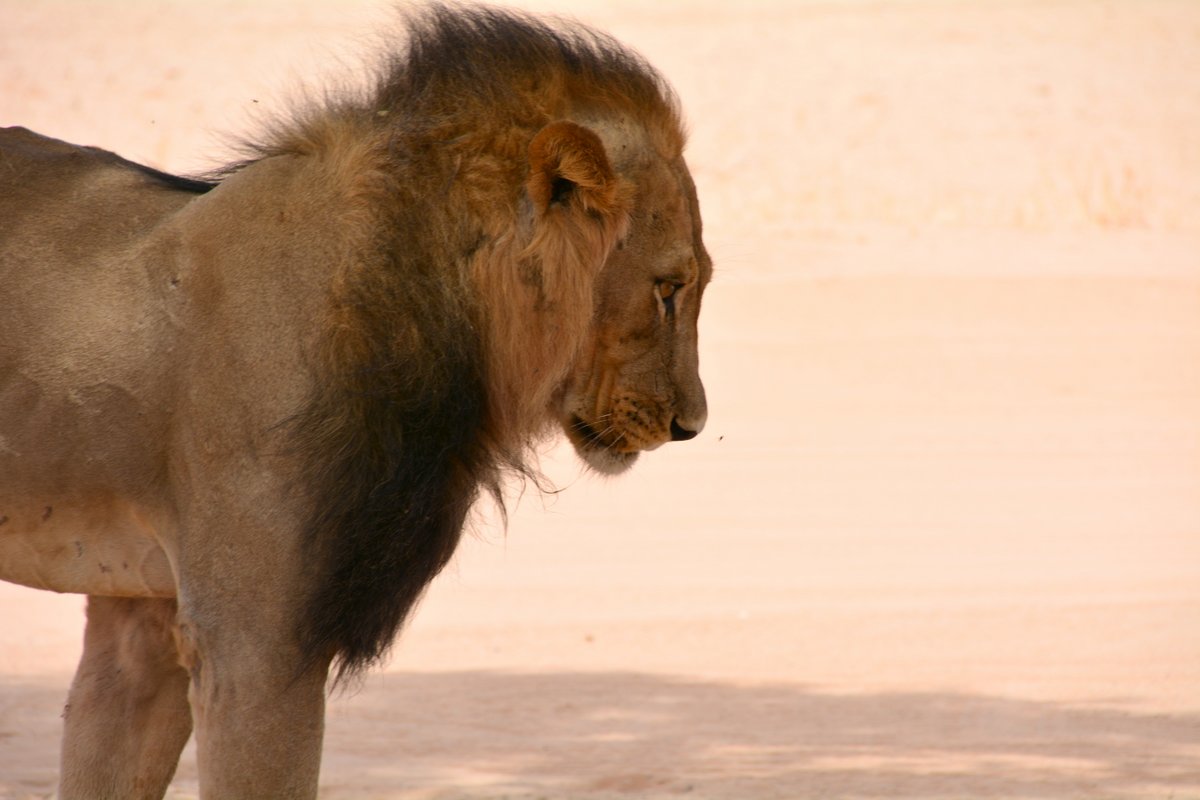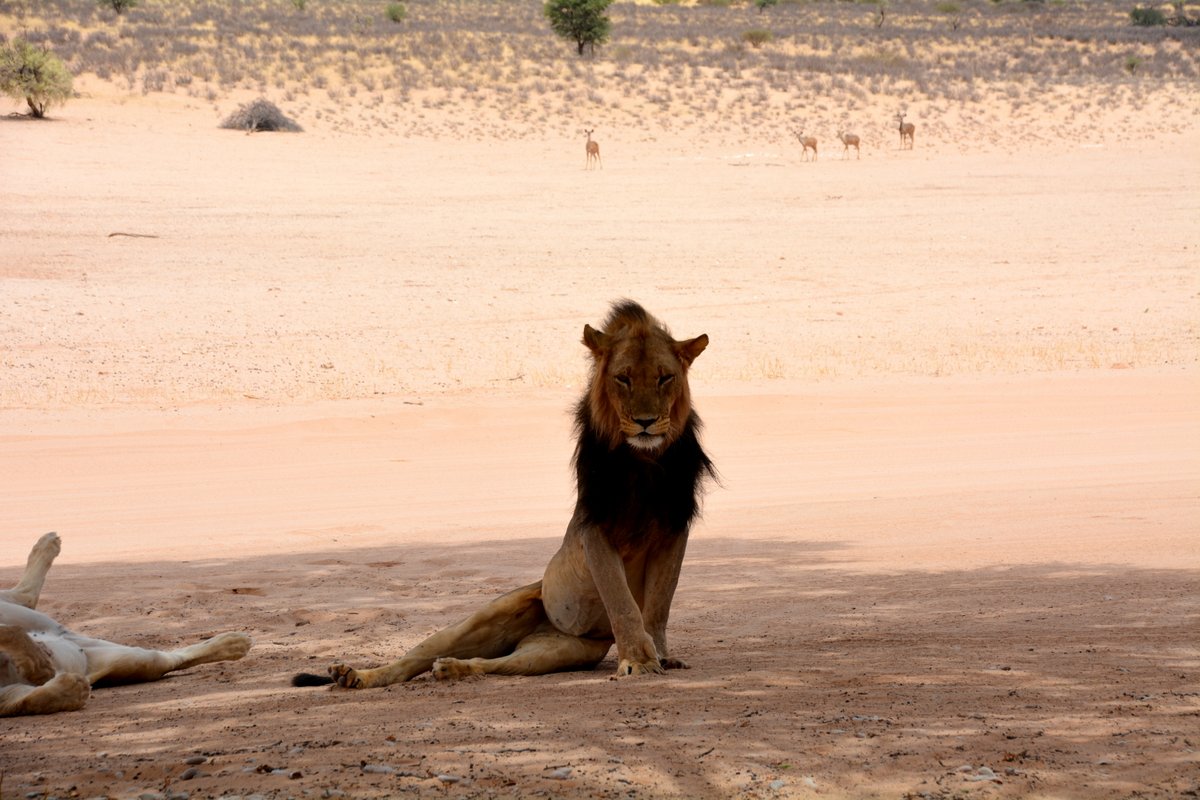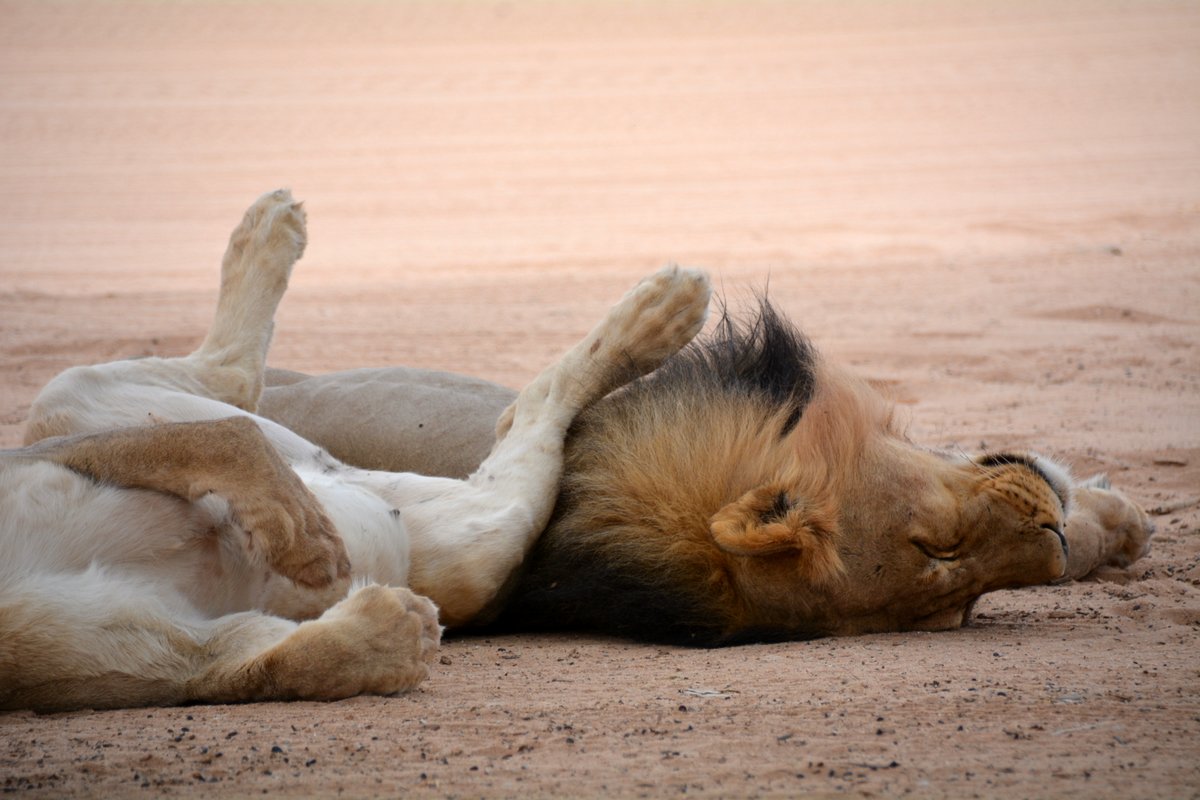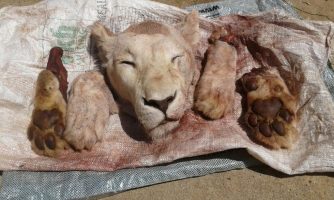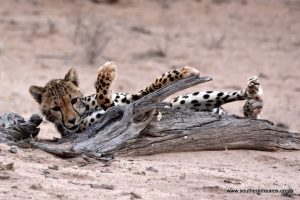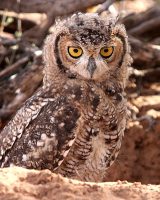Research of our famous black-maned Kalahari lions (Article from Peace Park Foundation)
Lions are the apex predators!
Following an outbreak of canine distemper in 2009, researchers executed a population survey. They detected an alarming gender bias towards males in all age classes. This predicts a possible lion population collapse. Researchers suggested several explanations. Females with improving body conditions during pregnancy tend to produce more male cubs.
Two MTech research students, Maya and Otto Beukes from the Department of Conservation and Marine Sciences, Cape Peninsula University of Technology, initiated a detailed two-year demographic and dietary study of the lion population. They conducted 26 months of fieldwork to gain insight into the lion population dynamics and diet. Maya won the first prize for her presentation on the spatial and temporal variation of the lion diet at a Southern African Wildlife Management Association conference. At the same time, Otto was runner-up in his presentation on the demographic characteristics of the lion.
Peace Parks Foundation is supporting a Kgalagadi Transfrontier Park lion research project.
Kgalagadi Transfrontier Park spans the borders of Botswana and South Africa. At almost 36 000 km², it represents a large ecosystem relatively free of human interference – an increasingly rare phenomenon in Africa. It is an arid, semi-desert savanna and hosts multiple species on the IUCN Red List of Threatened Species.
From the 1 162 lions, 268 unique individuals could be identified using whisker spot patterns. The database of individuals is used to determine lion age and sex structure, population size and growth rates in the Kgalagadi.
Dietary information was obtained from 278 kill sites. Mara and Otto identified using satellite collar data from seven different lionesses. They collected as well as 201 faecal samples from across the park. The primary contribution to the lion’s diet is gemsbok. Preliminary results show a high proportion of males in the population but no significant signs of population decline, which bodes well for the future of lions in the Kgalagadi.
Meanwhile, there is a significant gender skew in the population of lions in the area, with many more males than females. This could have long-term effects on the survival of lions in the area, as lions are the apex predator in the Kgalagadi ecosystem. Their extinction would have a direct impact on prey and smaller predator numbers. In turn, the extinction would have adverse effects on the ecosystem as a whole.
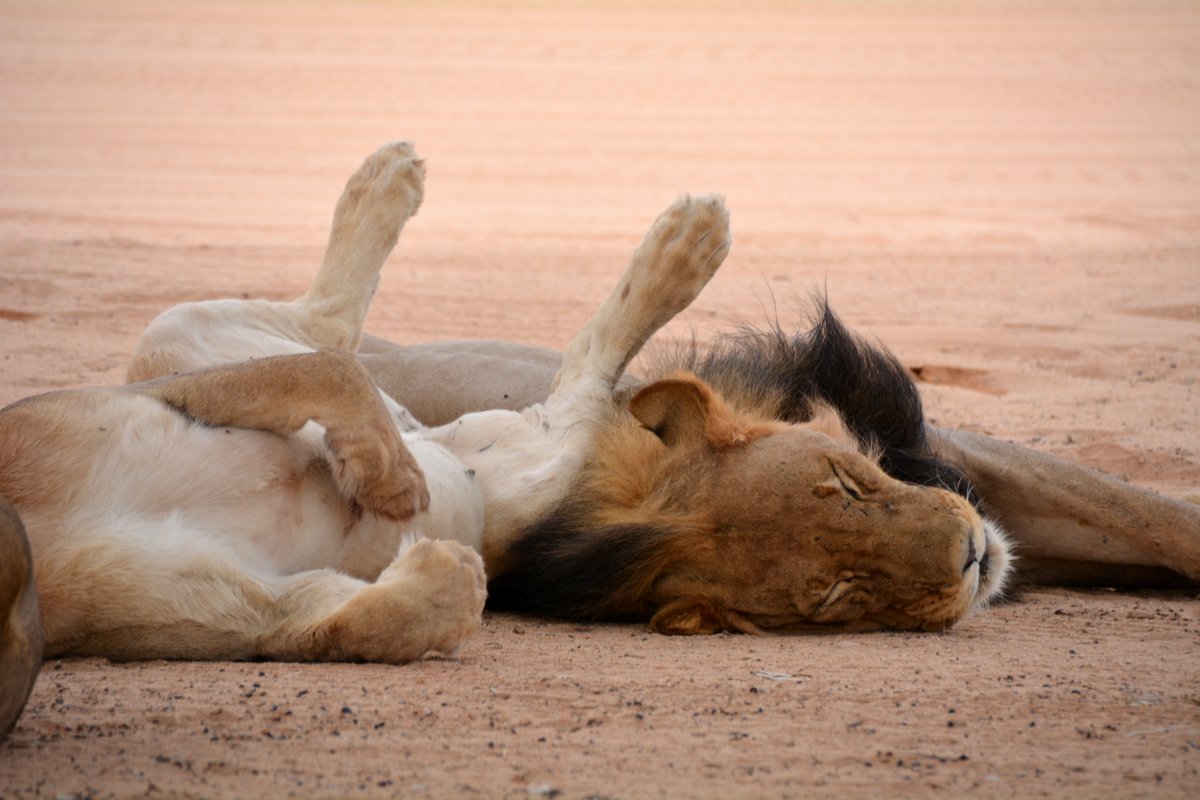
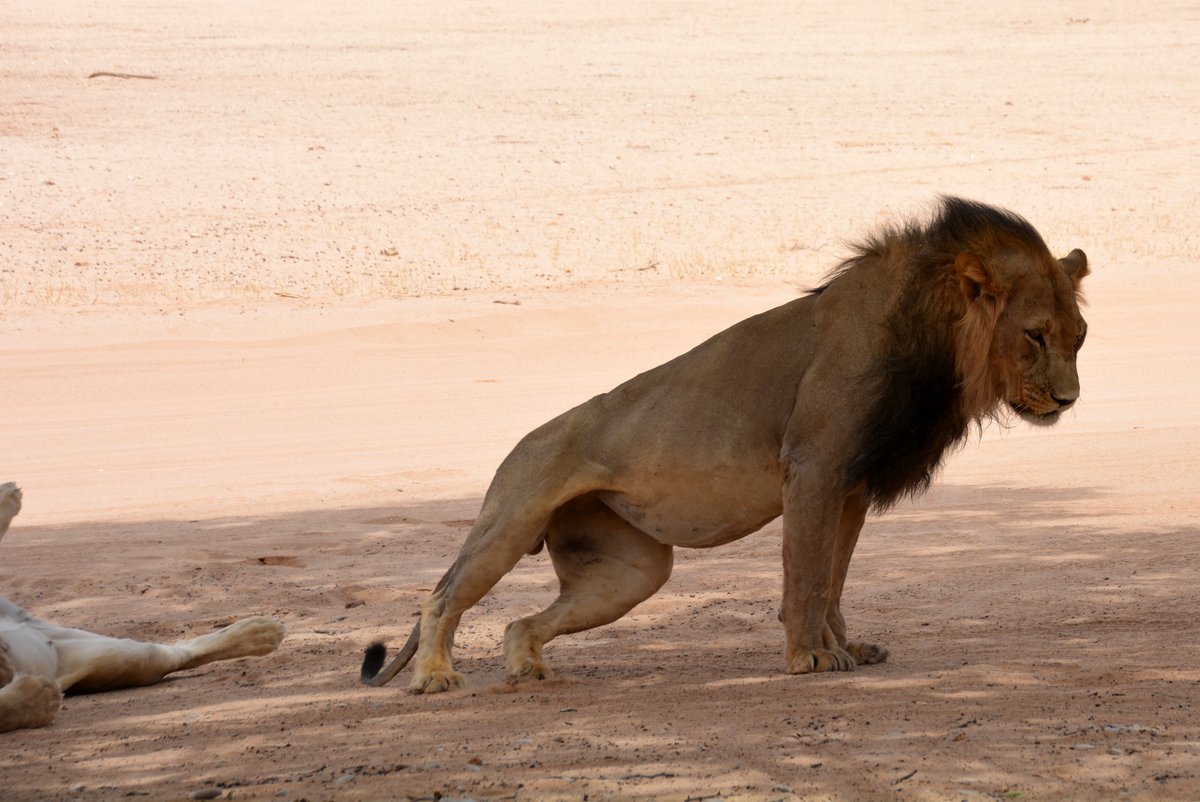
FOLLOW ME ON FACEBOOK FOLLOW ME ON INSTAGRAM FOLLOW ME ON TWITTER
